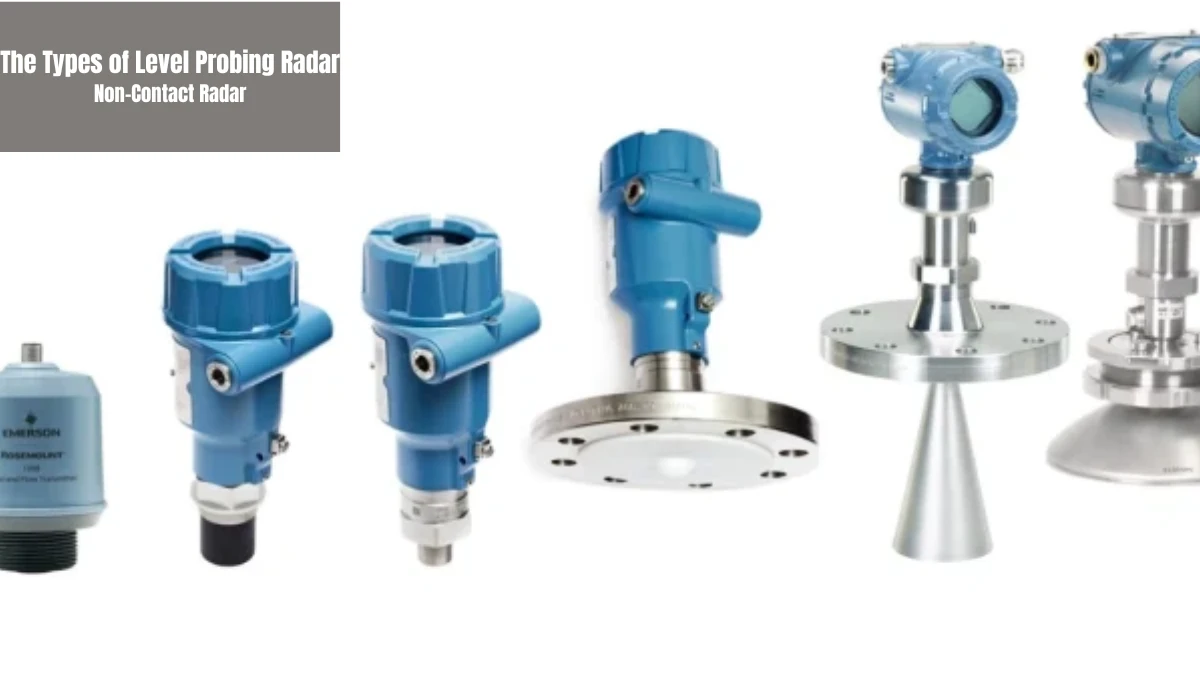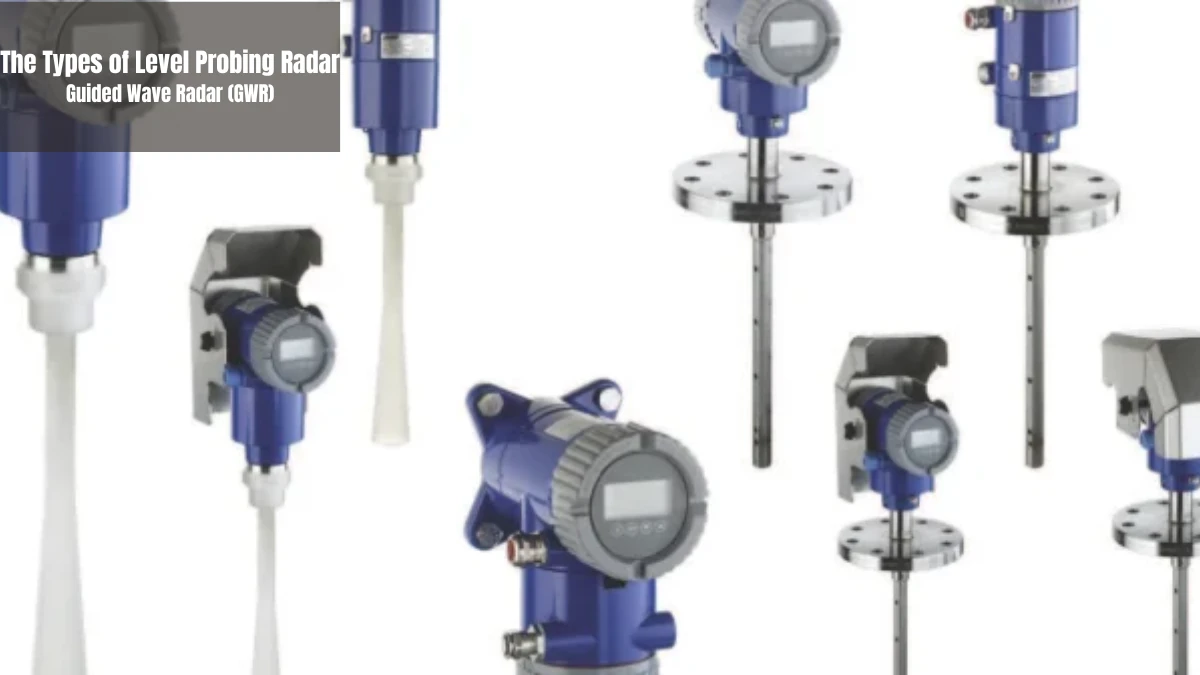For companies that have many types of tanks or silos, using level probing radar is one solution. Things you need to know are that there are two types of level probing radar that have different work and applications.
By knowing the types of level probing radar, companies can consider which is best before buying one. Hence, you won't make the wrong choice when you need the technology.
This article will discuss the types of level probing radar that are separated into two types. Let's take a look, so you don't make the wrong choice for companies. It is easy to determine how high the surface of liquid or solid materials is in a tank.
The Types of Level Probing Radar

Non-Contact Radar
Non-contact radar is a type of level providing radar that does not directly touch the surface of the liquid or material being measured. Non-contact radar technology works by reflecting microwaves through the air to the surface of the tank, then capturing the reflected waves.
This type is divided into two types based on the type of wave, namely pulse radar and Frequency-Modulated Continuous Wave (FMCW). Pulse radar works by sending short signals at certain time intervals. Meanwhile, frequency-modulated continuous wave works by sending continuous signals and detecting changes in the frequency of reflections.

This radar is suitable for use in large tanks, tanks with high vapor or high pressure, hygienic applications, and dusty or foamy environments. In fact, this radar is also suitable for use in corrosive or reactive media.
The main advantages of non-contact radar are safety, minimal maintenance, and high flexibility. Because it does not come into direct contact with the medium, this device is more durable and suitable for long-term applications. One thing to consider about this device is its lack of accuracy, as it can be affected by steam, pressure, and temperature in the tank.
Guided Wave Radar (GWR)

Guided Wave Radar (GWR) is a type of level providing radar that uses a probe or antenna that directly touches the medium being measured. GWR technology works with a method called waveguide, through which radar waves are guided through a cable directly into the material inside the tank. The waves send signals to the medium, and their reflections are calculated based on their travel time.
This radar is suitable for media that are difficult to measure using ordinary sensors, such as foamy liquids or those with a lot of turbulence. In addition, this tool is also suitable for small tanks that are narrow and deep or solid media that are transported using conveyors.
The advantage of GWR is that it has reliable measurement accuracy and stability, even though the radar requires the sensor to be in direct contact with the media. Furthermore, in extreme conditions that are unfavorable for non-contact radar, the GWR is highly reliable.
One consideration regarding this device is its limitation of having a shorter measurement range. This is due to the constraints of the probe or cable.
These are two types of level probing radar that have different uses and applications. By understanding the different types, you can make an informed decision before choosing the best technology to determine how high the surface of liquid or solid materials is in a tank.
The question is, which one is better? It all depends on your needs. If you need a system that is suitable for various media, easy to install, and requires minimal maintenance, non-contact radar may be the best choice.
If you are measuring difficult media, such as foam, slurry, or viscous and highly turbulent materials, then GWR will be more reliable. GWR signals will not be affected by unstable media surfaces.